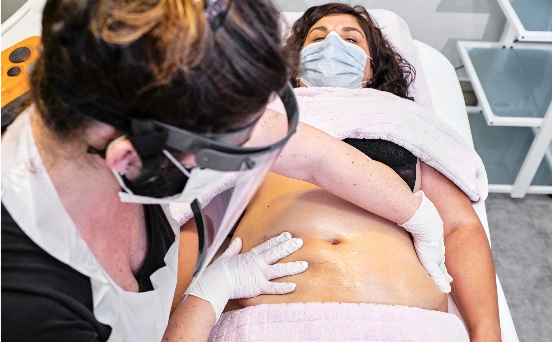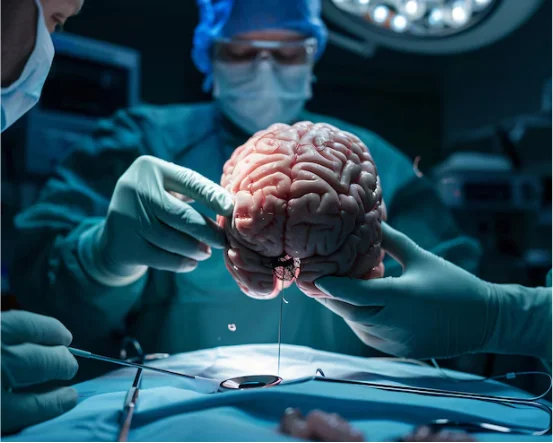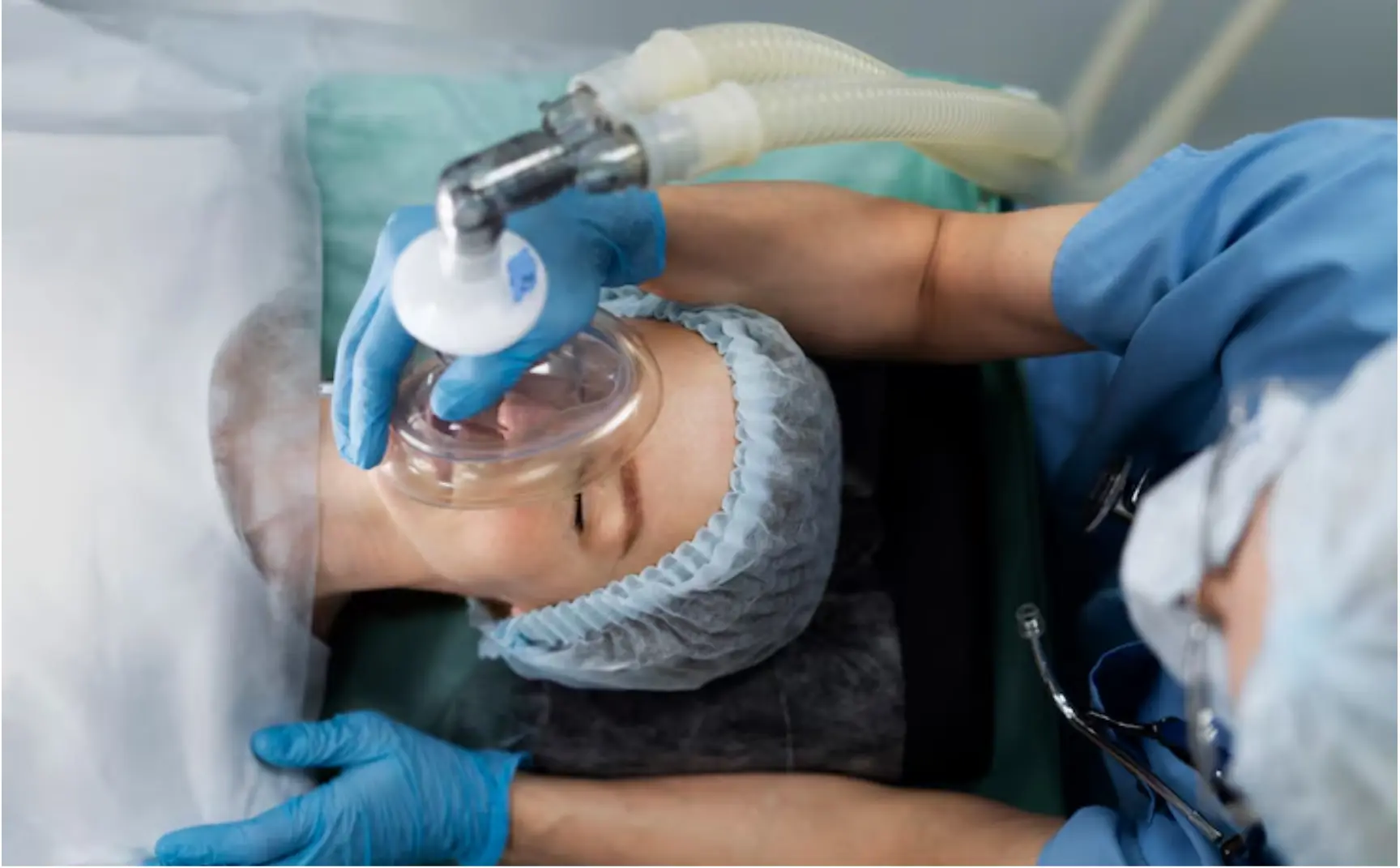Introduction
Heat stroke is a serious and potentially life-threatening condition that occurs when the body overheats due to prolonged exposure to high temperatures or physical exertion in hot environments. It is considered a medical emergency that requires immediate attention. Unlike other heat-related illnesses like heat cramps or heat exhaustion, heat stroke can cause significant damage to the brain, heart, kidneys, and muscles if not treated quickly.
What is Heat Stroke?
Heat stroke is the most severe form of heat-related illness and happens when the body’s core temperature rises above 104°F (40°C). It occurs when the body fails to regulate its internal temperature due to extreme heat, leading to failure of the body’s cooling mechanisms like sweating.
It often affects people working or exercising in hot, humid environments and can be triggered within minutes. If left untreated, it can cause serious complications including organ failure, brain damage, or even death.
Causes of Heat Stroke
Heat stroke can be triggered by various environmental and physical factors. The main causes include:
- Prolonged Exposure to High Temperatures :- Spending too much time in hot weather, especially in areas with poor ventilation or no air conditioning, can lead to heat stroke. This is often illed non-exertional or classic heat stroke, commonly seen in elderly individuals or those with chronic illness.ca
- Intense Physical Activity in Heat :- This type is called exertional heat stroke, which occurs when a person engages in heavy physical activity under the sun or in high temperatures. Athletes, construction workers, and military personnel are particularly at risk.
- Dehydration :- Lack of fluids reduces the body’s ability to sweat and regulate temperature. Dehydration worsens heat retention, pushing the body toward overheating quickly.
- Wearing Excessive or Non-Breathable Clothing :- Clothing that traps heat and prevents sweat from evaporating can interfere with the body’s natural cooling process, especially in hot weather.
- Alcohol and Certain Medications :- Alcohol increases the risk of dehydration. Medications like diuretics, antihistamines, beta blockers, and antidepressants can impair heat regulation.
- Chronic Illnesses and Obesity :- People with conditions like heart disease, diabetes, or respiratory illness, and those who are overweight, may have a reduced ability to adapt to heat, increasing their risk.
Symptoms of Heat Stroke
Recognizing the symptoms early can be life-saving. Here are the common and severe symptoms of heat stroke explained in detail:
- High Body Temperature :- A core body temperature of 104°F (40°C) or higher is the key sign of heat stroke and requires urgent medical help.
- Altered Mental State :- Confusion, agitation, slurred speech, irritability, delirium, seizures, or even coma can occur as the brain overheats.
- Flushed, Dry Skin :- Unlike other heat illnesses where sweating is present, in heat stroke the skin may feel hot and dry due to the failure of the body’s cooling mechanism. In exertional heat stroke, however, sweating may still occur.
- Rapid Breathing and Heart Rate :- The body tries to compensate for the heat by increasing breathing and pulse rate, which may feel shallow or pounding.
- Headache :- Often described as throbbing or intense, the headache is due to overheating and dehydration.
- Nausea and Vomiting :- Digestive distress is common and can further worsen dehydration, leading to complications.
- Muscle Weakness or Cramps :- Due to electrolyte imbalance or dehydration, muscles may feel weak, spasm, or cramp painfully.
- Dizziness or Fainting :- The brain receives less oxygen due to low blood pressure and dehydration, causing light-headedness or unconsciousness.
Diagnosis of Heat Stroke
If a person is suspected of having heat stroke, immediate medical assessment is critical. Doctors will begin by evaluating core temperature and symptoms. Diagnosis includes:
- Body Temperature Check :- A rectal thermometer is typically used to check core temperature, which is the most accurate method.
- Physical Examination :- Doctors will check the skin, pulse, breathing rate, mental state, and hydration level.
- Blood Tests :- To check for damage to vital organs and electrolyte imbalances. Common tests include Complete Blood Count (CBC), Liver and kidney function tests, Electrolyte panel (sodium, potassium levels)
- Urine Tests :- Dark or low-volume urine may indicate dehydration and kidney issues.
- Imaging Tests :- In severe cases, imaging like CT scans may be needed to rule out brain swelling or other complications.
Treatment for Heat Stroke
Immediate treatment is essential to lower the core body temperature and prevent permanent organ damage or death. Treatment involves both emergency first aid and hospital care.
Emergency First Aid (Before Hospital):
- Call emergency services immediately
- Move the person to a cool, shaded area
- Remove excess clothing
- Use cooling techniques such as:
- Spraying or sponging the body with cold water
- Applying ice packs to the armpits, neck, and groin
- Using a fan or air conditioning
- Immersing the person in a cold bath if available
In some cases, hospitalization may last for several days or even weeks depending on the severity of damage.
Who is at Risk for Heat Stroke?
Certain groups are more vulnerable:
- Elderly individuals (especially those above 65)
- Infants and young children
- Athletes and outdoor workers
- People with heart, kidney, or lung conditions
- Individuals taking medications that affect hydration or temperature regulation
Prevention of Heat Stroke
While heat stroke is dangerous, it is also highly preventable. Here are key steps to avoid it:
- Stay Hydrated :- Drink water throughout the day, especially when active or exposed to heat.
- Avoid Peak Sun Hours :- Stay indoors between 11 AM and 4 PM when the sun is strongest.
- Wear Light Clothing :- Use loose, breathable, and light-colored clothes.
- Use Sun Protection :- Hats, sunglasses, and sunscreen are essential.
- Take Frequent Breaks :- If you’re working or exercising outdoors, rest in the shade regularly.
- Monitor High-Risk Individuals :- Keep an eye on elderly people or young children during heatwaves.
- Never Leave Anyone in a Parked Car :- The temperature inside a parked car can rise dangerously in minutes.
When to Seek Medical Help
Heat stroke is an emergency. Seek help immediately if someone is:
- Unconscious or confused
- Has a body temperature above 104°F (40°C)
- Vomiting persistently
- Not sweating despite being hot
- Having seizures or trouble breathing
Conclusion
Heat stroke is a preventable yet dangerous condition that can rapidly turn fatal if not recognized and treated in time. Understanding the causes, symptoms, and treatment methods is key to protecting yourself and others during extreme heat. Whether you’re exercising outdoors or dealing with a heatwave, staying cool, hydrated, and aware can save lives.























